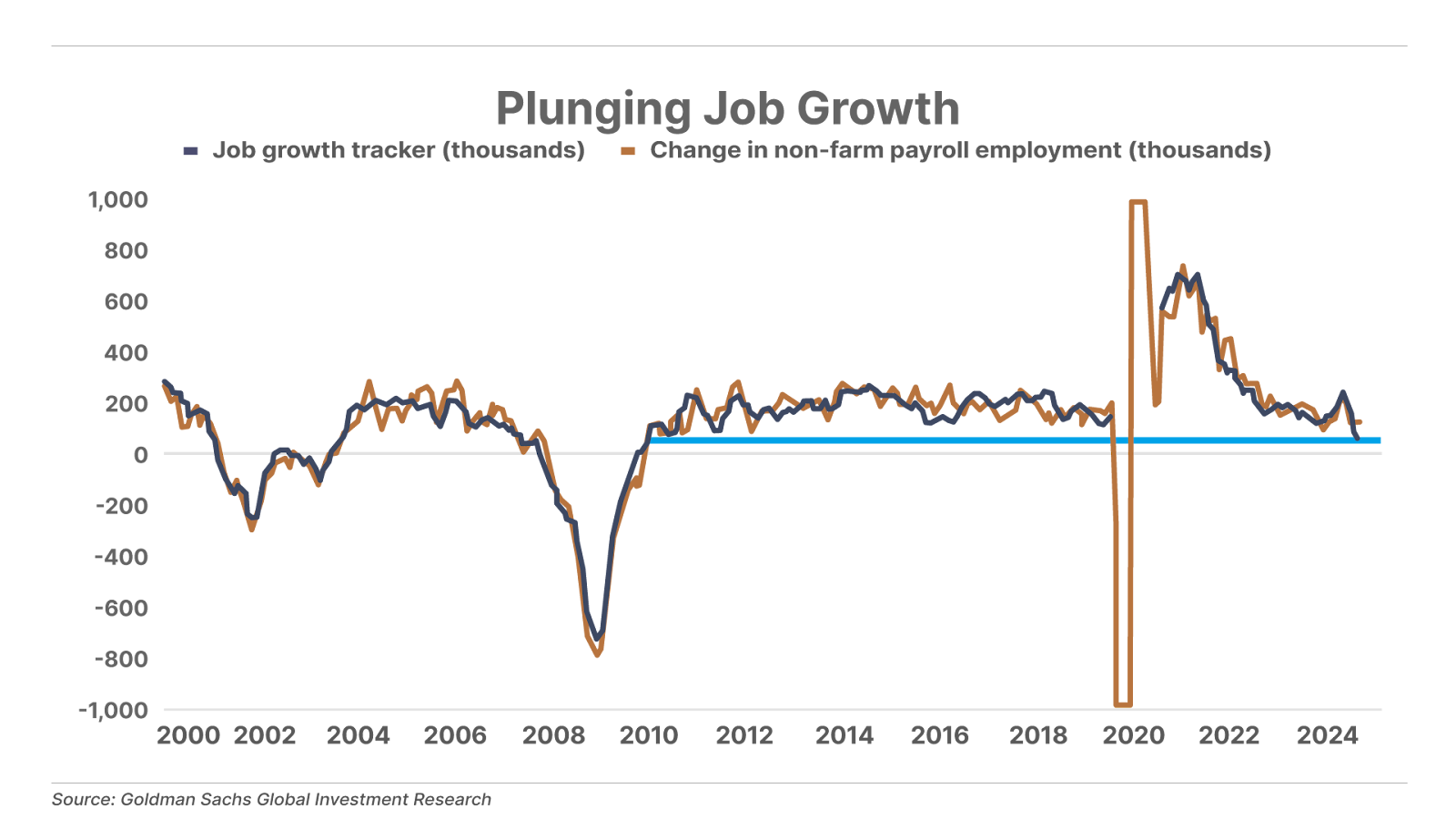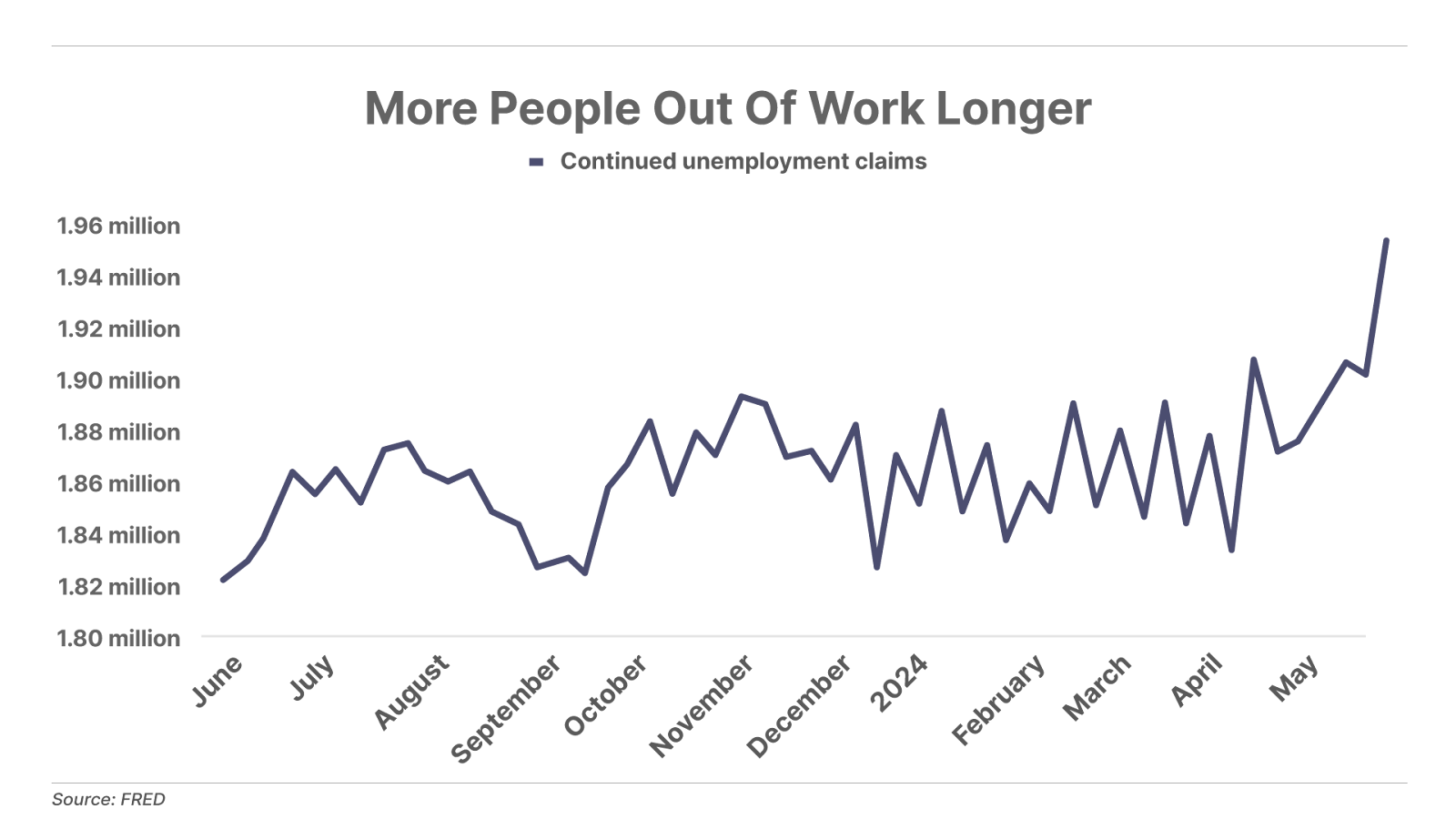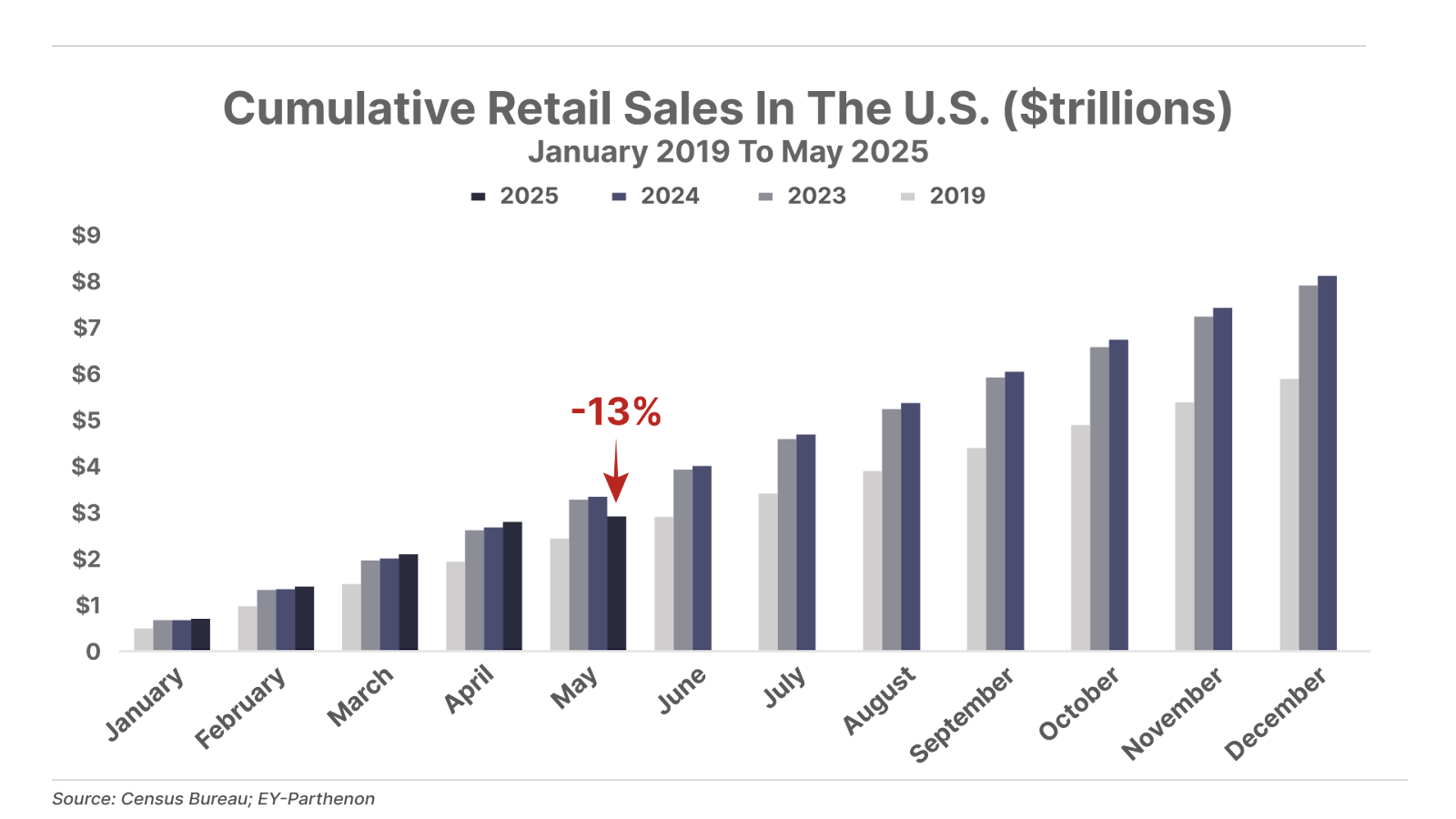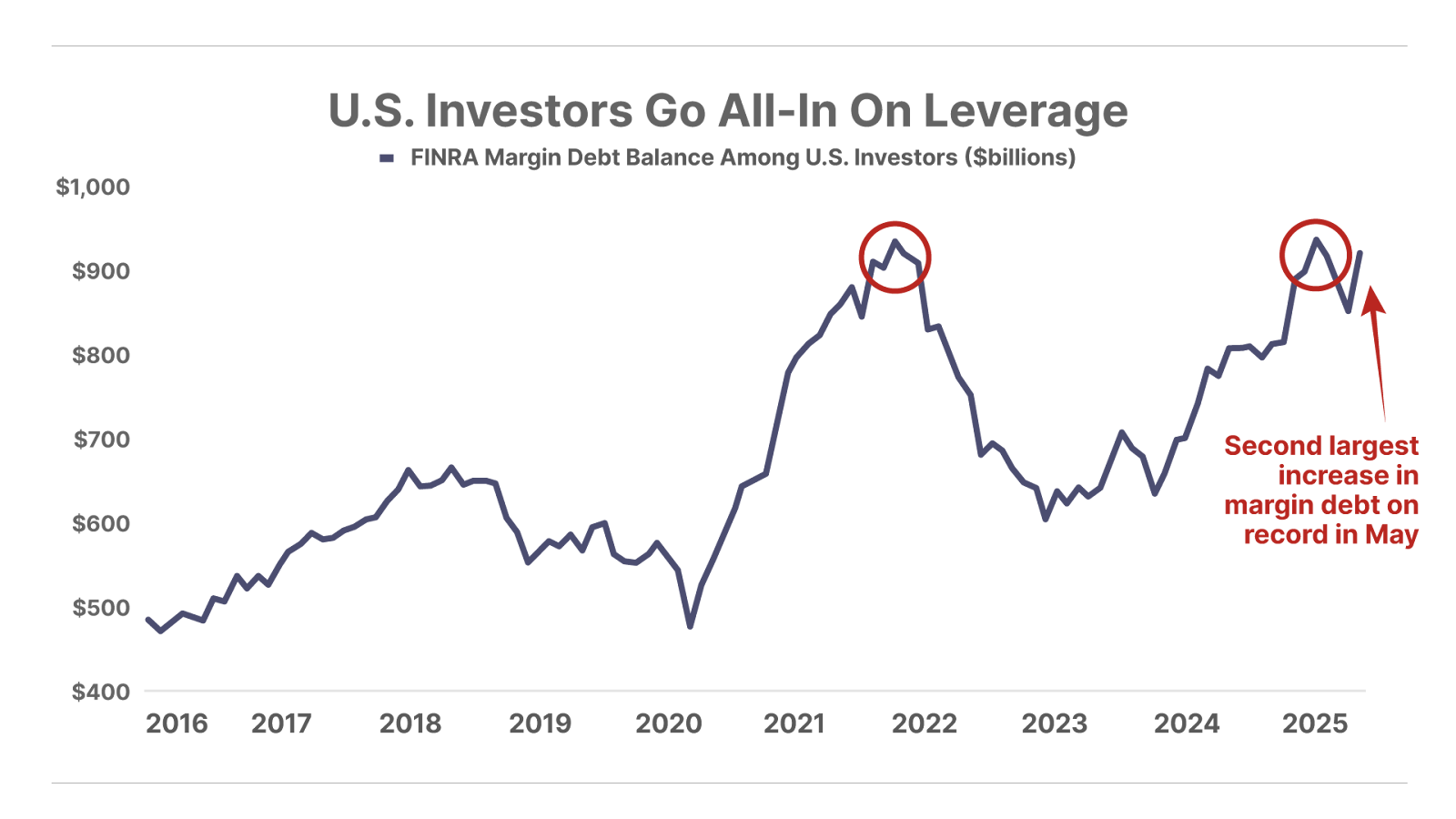
Investors Are Behaving As If The Worst Is Behind Us
| This is Porter & Co.’s The Big Secret On Wall Street, our flagship publication that we publish every Thursday at 4 pm ET. Once a month, we provide to our paid-up subscribers a full report on a stock recommendation, and also a monthly extensive review of the current portfolio, as we share below. Please note: there is a “buy” recommendation and a close-position recommendation in the portfolio review… At the end of this week’s issue, paid-up subscribers can find our Top 3 “Best Buys,” three current portfolio picks that are at an attractive buy price. You can go here to see the full portfolio of The Big Secret.
Every week in The Big Secret, we provide analysis for non-paid subscribers. If you’re not yet a paid subscriber, to access the full paid issue, the portfolio, and all of our Big Secret insights and recommendations, please click here. |
The U.S. stock market (measured by the S&P 500) has nearly fully recovered from the swoon unleashed by President Donald Trump’s “Liberation Day” tariffs announced on April 2. The market also barely registered a blip following the outbreak of hostilities between Israel and Iran, a conflict that risks bringing the U.S. into its third major Middle Eastern war in the last two decades.
With stock prices seemingly impervious to threats of both trade wars and shooting wars, investors are behaving as if the worst is behind us. Plus, they appear to have history on their side.
After all, U.S. stocks had no trouble climbing to new all-time highs after President Trump launched Trade War 1.0 in 2018 during his first administration. And in last week’s Daily Journal, we explained how geopolitical risks rarely inflict lasting damage on U.S. financial assets.
However, there is another threat that investors are not factoring into current stock prices: the growing cracks in the U.S. labor market and consumer spending. And unlike trade wars or real wars, this risk is one that we believe deserves close attention.
The Twin Engines Of The U.S. Economy Are Sputtering
Over the last several years, the U.S. jobs market has gradually transitioned from red hot to lukewarm, as the record COVID-era labor shortage dissipated. But in the last several months, the labor market has gone from lukewarm to ice cold. The chart below from Goldman Sachs shows that to start 2025, U.S. job growth has plunged to the lowest levels of the last 15 years. The last two times this indicator dropped to these levels was at the beginning of the 2001 dot-com recession and the lead-up to the 2008 Global Financial Crisis:

For various reasons, corporations simply aren’t hiring at anywhere near the pace of a few years ago. This means that Americans who lose their jobs are having a harder time getting re-hired. And this is showing up in the jump in continuing claims for unemployment insurance, which have recently surged to a 52-week high, with nearly 2 million Americans collecting unemployment each week:

Continuing claims for unemployment have increased roughly 10% from 1.8 million a year ago to just under 2 million today. In the lead up to prior recessions, by the time continuing unemployment claims have risen 20%, the U.S. economy is already in a recession.
The dramatic drop off in hiring so far this year is showing up in a dour outlook for recent college graduates. An April report from the New York Federal Reserve notes that hiring conditions for these grads has “deteriorated noticeably” in Q1. The unemployment rate for the 20-24 age cohort currently sits at 7.8%, up from 5.3% this time last year. This is an early warning sign for the rest of the labor market, as companies tend to cut back on hiring workers with fewer skills before laying off more experienced workers.
As Croy Stahle, an economist for hiring platform Indeed, recently noted:
Businesses are hunkering down and that creates a challenge for young workers entering the labor market for the first time.”
Here’s the bottom line: when U.S. consumers can’t find jobs, they stop spending. And with 70% of the U.S. economy based on consumption, when the spending stops, so does America’s economy. Thus, the labor market and consumer spending represent the twin engines fueling the U.S. economy, and all signs indicate they’re starting to sputter.
On Tuesday, the Census Bureau released data showing that retail sales dropped by 0.9% in May, which followed a 0.1% decline in April. Some shrugged off the sharp May decline as part of the “bullwhip effect” resulting from the pullback on spending after consumers stocked up on goods ahead of anticipated higher tariffs in April. But the year-to-date retail sales throws cold water on this theory.
On a cumulative basis through May, retail sales are down 13% this year, which indicates an overall reduction in spending when looking through the noise of shifting monthly purchases due to tariffs, as shown below:

These weakening trends in the labor market and consumer spending are the real risks that could threaten today’s sky-high stock market. And yet, investors are ignoring these threats and piling headlong into the market, with near record amounts of leverage.
Data from the Financial Industry Regulatory Authority (“FINRA”) reveals that U.S. investors added $70 billion in margin debt to their accounts in May, the second-highest monthly increase on record. The chart below shows total U.S. margin debt reaching $921 billion in May, just shy of the previous highs reached in October 2021 and January 2025 – both of which preceded declines of nearly 20% in the U.S. stock market:

Given this backdrop, we are once again urging investors to proceed with caution. We suggest maintaining a high cash balance in order to capitalize when share prices of high-quality companies trade down to more attractive prices.
In this Big Secret On Wall Street portfolio update, we report on five stocks in the current portfolio that we believe fit this bill. These are companies we feel can thrive regardless of the economic environment.
Three of these companies are our current 3 “Best Buy” recommendations, two of which we believe offer investors recession-resilient business models that can hold up well even in an economic downturn. Another one is thriving as it executes its ambitious growth plans to become one of America’s leading energy exporting powerhouses.
We also provide an update on a beauty retailer that’s showing an impressive turnaround after a year of challenges, and which is finding ways to win despite the weak consumer spending trends impacting the cosmetics industry. Finally, we discuss another energy company facing a temporary setback from a legal dispute from local regulators, which we believe it will eventually overcome, unleashing significant upside from its current share price.
And, finally, we provide news on a recommendation from our Distressed Investing advisory that we shared with Big Secret readers last month – the company’s share price got a considerable boost early this week.
This content is only available for paid members.
If you are interested in joining Porter & Co. either click the button below now or call our Customer Care team at 888-610-8895.